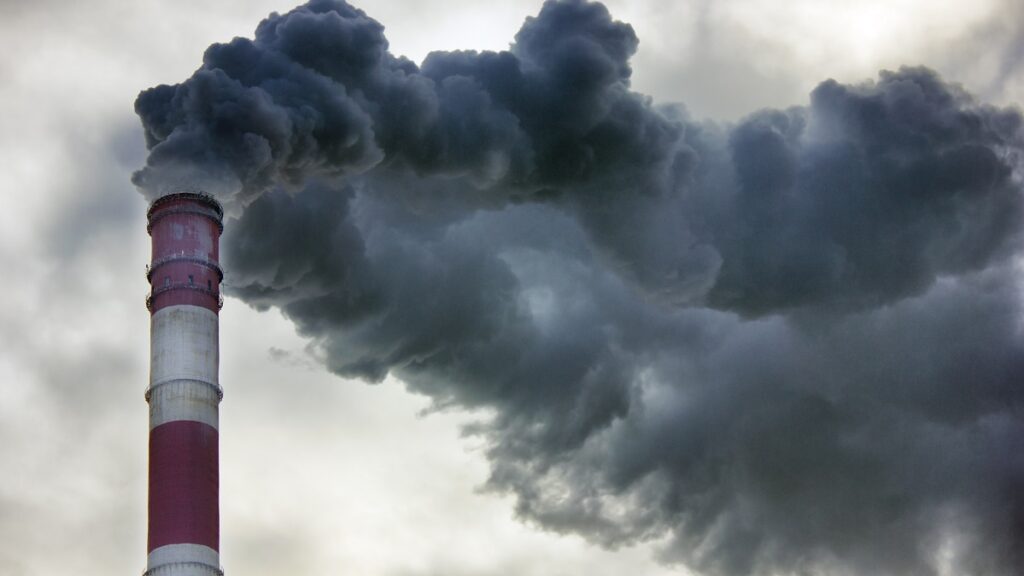Australia’s biggest industrial polluters have been put on notice, after the federal government announced sweeping changes to the Safeguard Mechanism.
The Safeguard Mechanism is a piece of climate legislation originally introduced by the Coalition government.
It requires industrial facilities that produce more than 100,000 tonnes of greenhouse gases annually (approximately 215 facilities) to keep their emissions below a predetermined baseline. These baselines are being lowered over time to meet Australia’s net zero by 2050 renewable energy target.
But federal climate change and energy minister Chris Bowen says the Safeguard Mechanism as it exists now is not fit for purpose.
Read: Will climate change increase our home insurance?
“Under the former government, the mechanism had been ineffective at driving emissions reduction, which is why industry, business and experts had been calling for reform,” he says.
There will be a stronger focus on penalties for the biggest polluters under the changes, after it was revealed that just 12 businesses produce more than 40 per cent of Australia’s greenhouse gas emissions.
“We’ve been extremely encouraged by the level of engagement in the process to date, and look forward to continued constructive engagement as we finalise the design of these critical reforms for Australia’s net zero pathway,” Mr Bowen says.
“Reforms to the safeguard will help create an effective, equitable and efficient trajectory to net zero. We know that 70 per cent of facilities, representing over 80 per cent of scheme emissions, already have corporate commitments to net zero by 2050. This reform helps deliver the framework to get there.”
Read: How air pollution affects brain function
It’s predicted these changes to the legislation will deliver a projected 205 million tonnes of carbon abatement between now and 2030.
But not everybody is happy with the new plan. Under the proposed changes, business will be able to use controversial carbon credits to meet their new obligations.
Dr Jennifer Rayner, head of advocacy at the Climate Council, says that while the changes look good on the surface, the use of carbon credits negates many of the improvements.
Read: Energy source that’s on climate change lobbyists’ hit list
“Allowing facilities in the Safeguard Mechanism to use cheap and easy offsets to write off all of their emissions will send completely the wrong signal,” she says.
“This will simply incentivise Australia’s heavy industry to engage in tricky carbon accounting to cover up pollution as usual instead of investing in genuine transformation.
“If this issue is not fixed, big industrial polluters like Woodside, Santos and Chevron will continue to rake in eye-watering profits while worsening climate change, which is supercharging the floods and fires that have ravaged communities across Australia and the world in recent years.”
Should we be doing more to fight climate change? Do you think these changes will be effective? Let us know in the comments section below.

